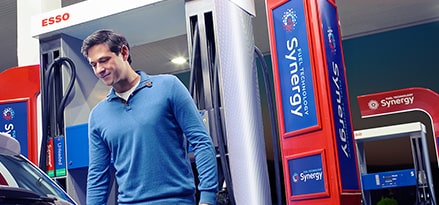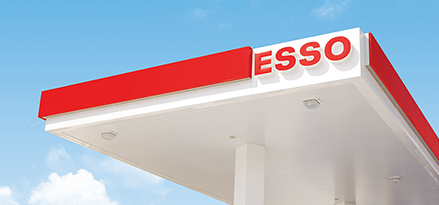


Tips
Keep your car well serviced, and make sure you check the oil levels regularly to help keep the engine happy, which in turn can help reduce CO₂ emissions.
Make sure you check your tyre pressure at least once a month and before you set off on a long journey. Under-inflated tyres can increase your fuel consumption by up to 4 percent.***
If driving at 100 kilometres per hour or more, keep the windows up. Open windows create a lot of aerodynamic drag, which can add to your fuel usage when driving at high speeds. Also, remove the roof rack if you’re not using it, for up to 10 percent savings on fuel.***
Don’t let your car idle for prolonged periods of time. If you get stuck in a traffic jam, consider switching off your engine, provided it is safe to do so. With modern car engines, you can begin driving soon after starting the engine to reduce unnecessary fuel consumption.
Air conditioning is known for using power, which consumes fuel and emits CO₂.*** If you’re driving at a low speed, switch it off and open your windows instead.

* Basis for comparison is versus unadditised petrol. The exhaust gases are related to CO, HC and NOx. Benefits may vary depending on factors such as engine type, driving style, and petrol previously used. Fill is defined as a full fuel tank.
** Esso Synergy Supreme+ 98 has a double detergent treat rate when compared to Esso Synergy Unleaded 95 to help clean petrol intake valves. The exhaust gases are related to CO, HC and NOx. Benefits may vary depending on factors such as engine type, engine condition, driving style, and petrol previously used. Available at selected Esso service stations only.
*** International Energy Agency





